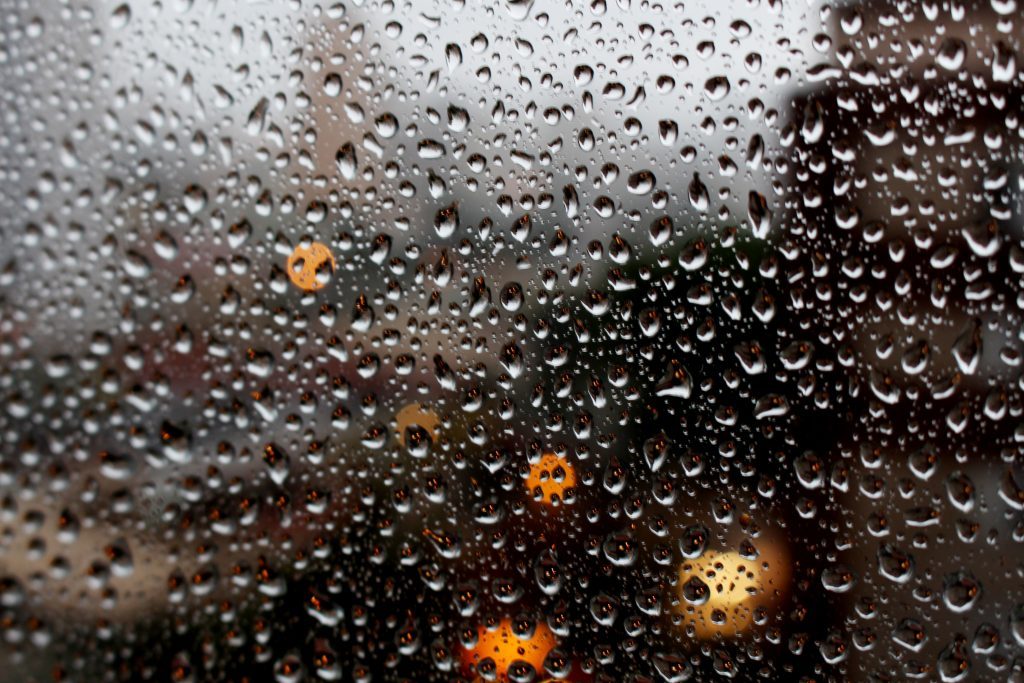Why Humidity Control is Vital During Restoration
It’s the restorers responsibility to ensure that humidity is controlled accordingly during the restoration works. If you’ve ever experienced a large flood inside your home, you may have noticed the air becomes damp and the temperature increases. This is due to humidity or the amount of water in the air. When flood damage occurs it is vital to reduce the humidity within a property to prevent water collecting on surfaces and damaging structures further. To control the moisture and humidity the drying process commences immediately. This is the process of removing excess moisture from the air and effected surfaces by adhering to psychrometry and drying principles. A brief outline of the drying process is below.

1. Enhance Evaporation
Once the bulk amount of water has been successfully removed from the water damaged carpets, timber flooring, furniture, walls or ceilings, water is further evaporated in the materials to promote the drying process. This process involves manipulating the environment with equipment and temperature changes to induce liquid water into vapor. This process is enhanced by adding energy and air movement from equipment, which also extracts the vapor from the air to reduce humidity.
2. Dehumidifying and Ventilating
As soon as liquid water begins to evaporate the dehumidifying process must commence at the same time. If dehumidifying is not conducted, high levels of air moisture will drive water into structures that are dry such as walls, ceilings, flooring and other items and structures within the property. This increases the potential for secondary and preventable water damage, which is why this process is critical. It is important to increase the amount of cold air ventilation to water damaged areas and prevent the temperature increasing along with increasing levels of humidity.
3. Controlling Temperature
Once the restorer has commenced the drying process, they will need to control the temperature within the property to ensure that the environment does not become humid. They will need to check this during their regular inspections as increasing temperature causes liquid water to turn into vapour, which then settles on otherwise dry structures within the property. This can lead to microbial build up, weakened structures and secondary damage requiring further drying times and unwanted damage. By controlling the temperature by allowing plenty of ventilation and cool air circulation this risk is significantly reduced.

